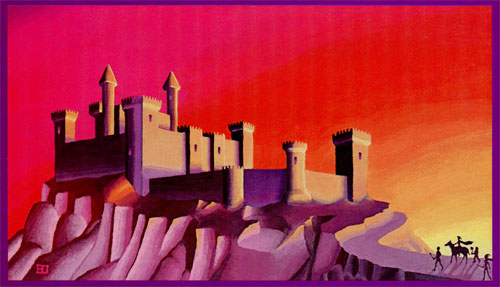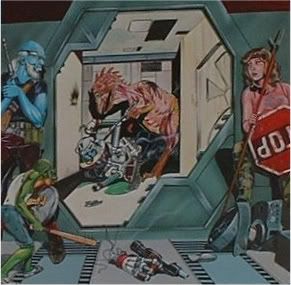Li Shenron
Legend
This topic is applicable to all forms of D&D, although I'm playing 5E so might as well put it here.
I'm in the early stages of campaign creation, partially re-tooling an old setting I was using for 4E, partially creating something new. I'm trying to disavow my usual approach of "top down" design--starting big and then working smaller--and instead taking a "bottom up" approach, focusing on a village and its environs, with only broad strokes of the larger continent and world. Anyhow, as I was envisioning the starting area, a question arose in my mind about the ratio or density of monsters within a wilderness to small pockets of civilization, and how realistic (or not) it would be to have a village just out there in the middle of the monster-infested wilderness. I mean, wouldn't it be over-run? And if not, why not? What could be protecting it? And so on. I mean, it makes sense to have any size settlement in Cormyr, but what about in the North? What about the Dalelands - how do those survive?
So the inquiry is this: in terms of verisimilitude and some semblance of "fantasy realism," what is the proper ratio of "monster density" and population centers in a wilderness area? What sort of protection would a settlement need? It just seems to me that D&D campaign worlds, especially of the "points of light" variety, tend to eschew any sense of fantasy realism, and instead just offer a setting that is playable for D&D. Nothing wrong with that, but I so much enjoy the artistic aspects of campaign design and like it to "feel right" aesthetically, which for me must include some degree of internal consistency, fantasy realism, etc.
Anyone thought along these lines? Any ideas?
Just to think outside the box, have you considered setting up your fantasy world as "points of darkness" instead?













